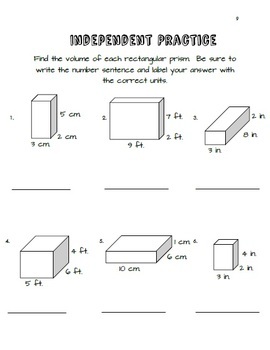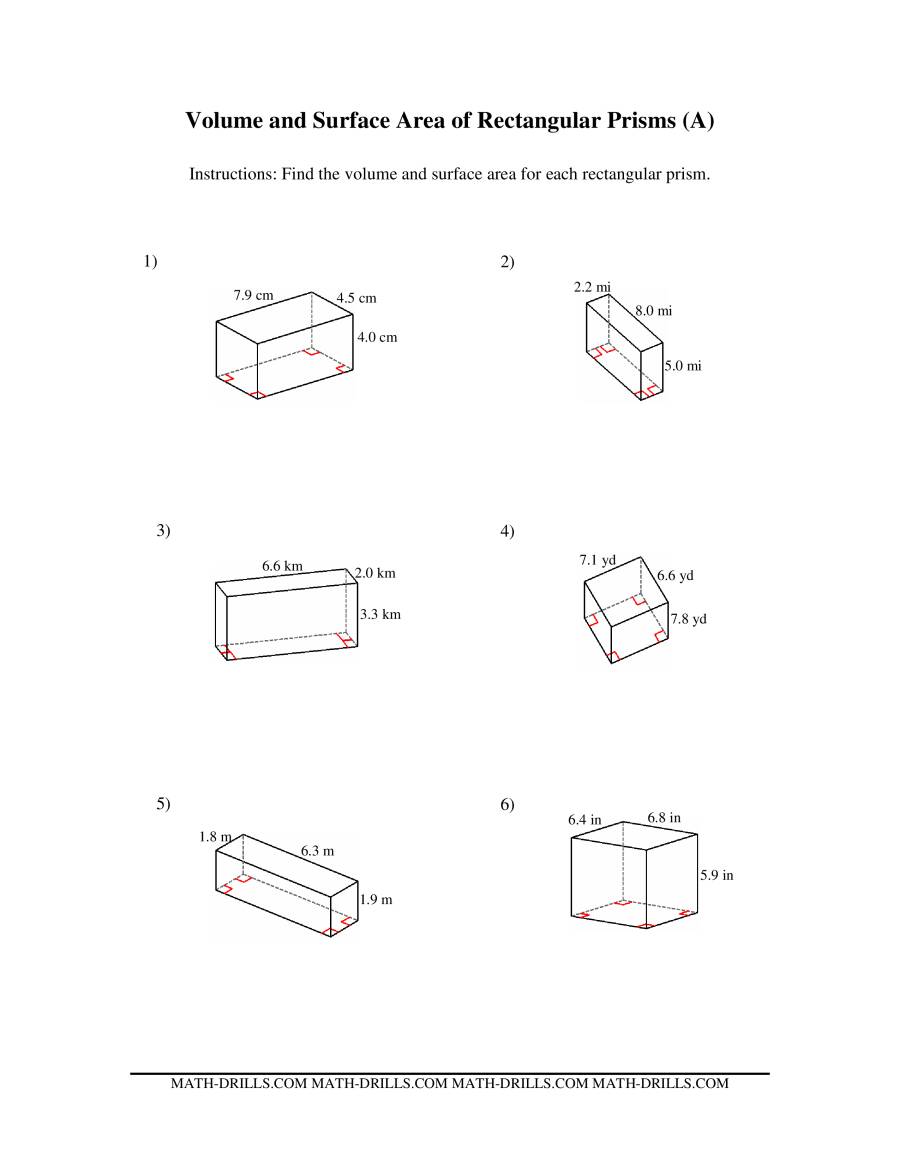

For example, a four-sided closed flat shape with one pair of parallel sides can be simultaneously classified as a polygon, a quadrilateral, and a trapezoid.

Pacing: 17 instructional days (15 lessons, 1 flex day, 1 assessment day) Thus, this unit provides a nice foundation for connections in many grades to come. Students will even rely on their understanding of shapes and their attributes to prove various geometric theorems in high school (GEO.G-CO.9-11). In Grade 6, students will explore concepts of length, area, and volume with more complex figures, such as finding the area of right triangles or finding the volume of right rectangular prisms with non-whole-number measurements (6.G.1, 6.G.2).

They also look for and make use of structure to construct a hierarchy based on properties (MP.7). Throughout this topic, students use appropriate tools strategically (MP.5) to verify various attributes of shapes including their angle measure and presence of parallel or perpendicular lines, as well as attend to precision in their use of language when referring to geometric figures (MP.6). This allows students to create a hierarchy of shapes over the course of many days (5.G.4). Students then move on to classifying flat shapes into categories and see that attributes belonging to shapes in one category are shared by all subcategories of that category (5.G.3).
Fifth grade rectangular prism volume problem how to#
Throughout Topic A, students have an opportunity to use appropriate tools strategically (MP.5) and make use of structure of three-dimensional figures (MP.7) to draw conclusions about how to find the volume of a figure. Students then connect volume to the operation of multiplication of length, width, and height or of the area of the base and the height they also connect it to the operation of addition to find composite area (5.MD.5). Similar to students’ work with area, students develop an understanding of volume as an attribute of solid figures (5.MD.3) and measure it by counting unit cubes (5.MD.4). Thus, this unit builds off of students’ well-established understanding of geometry and geometric measurement. In Grade 4, work with angle measure (4.MD.5-7) lent itself to classifying figures based on the presence or absence of parallel and perpendicular sides. In Grade 3, students started to conceptualize shape categories, in particular quadrilaterals. In Kindergarten through Grade 2, students focused on building understanding of shapes and their properties. “From Kindergarten on, students experience all of the properties of shapes that they will study in Grades K–7, recognizing and working with these properties in increasingly sophisticated ways” (Geometry Progression, p.

Students have also explored two-dimensional shapes and their attributes extensively in previous grades. In their exploration of area in Grade 3, students come to understand area as an attribute of plane figures (3.MD.5) and measure it by counting unit squares (3.MD.6), and they connect area to the operations of multiplication and addition (3.MD.7). Students have also explored one-dimensional and two-dimensional measurements of figures, developing a deep understanding of length in Grade 2 and of area in Grade 3. In prior grade levels, students explored the idea of volume informally, comparing the capacity of various containers as being able to “hold more” or “hold less” (K.MD.2). They also use their understanding that they gradually built in prior grade levels to classify shapes in a hierarchy, seeing that attributes of shapes in one category belong to shapes in all subcategories of that category (5.G.3-4). In Unit 3, students will explore volume of three-dimensional shapes (5.MD.3-5), connecting it to the operations of multiplication and addition (5.NBT.5, 4.NBT.4).


 0 kommentar(er)
0 kommentar(er)
